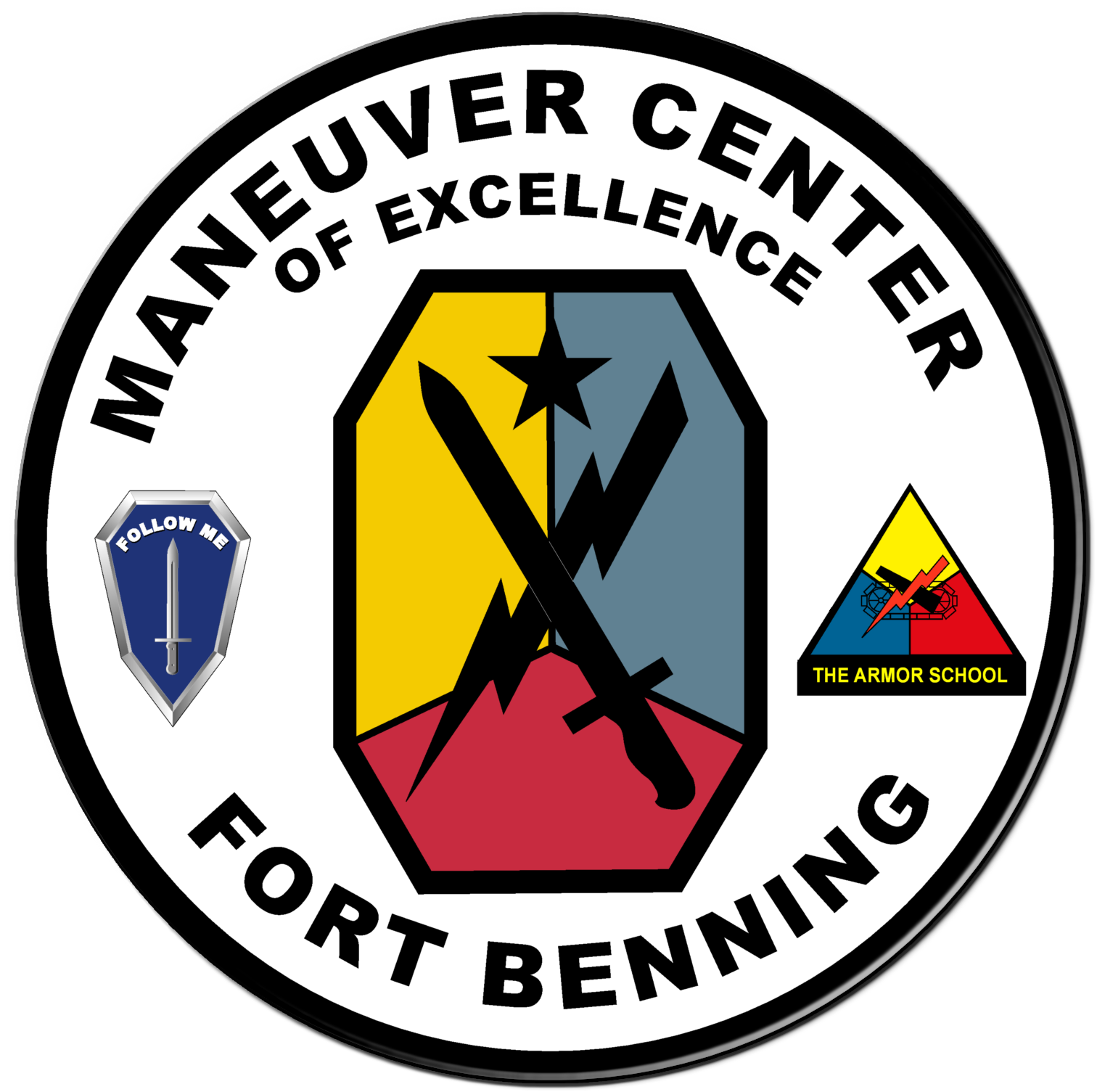Fort Benning
U.S. Army Fort Benning and The Maneuver Center of Excellence

Fort Benning Historic Trail Site
Fort Benning Historic Trail
Historical Site 45. Bradley Circle
General Omar N. Bradley was the first-ever Chairman of the Joint Chiefs of Staff and the last of only five Army officers to be promoted to the rank of Five-Star, “General of the Army.” Born in the farming village of Clark, Missouri on February 12th, 1893, Bradley’s impoverished childhood left him working as a boilermaker while attempting to save enough money for college. His Sunday school teacher encouraged him to take the entrance exams for the United States Military Academy, and though he finished second, he would ultimately receive the Congressional appointment when the first place winner was unable to accept. Bradley graduated from the Academy in 1915 along with Dwight D. Eisenhower, James A. Van Fleet, and fifty-six other future generals in what would come to be known as, "the class the stars fell on."
During World War I Bradley served with an infantry regiment which, much to his chagrin, never left the United States. During the interwar period, while serving as a tactics instructor at the Infantry School at Fort Benning, he impressed the assistant commandant, then Lieutenant Colonel George C. Marshall, who lauded Bradley as, “quiet, unassuming, capable, with sound common sense.” Bradley would be among the instructors Marshall assembled to revolutionize the doctrine and methods of training U.S. Army maneuver forces in what is now known as the “Benning Revolution.”
After attending the War College in 1933, Bradley accepted an assignment as a West Point instructor, where he would serve from 1934-1938 and teach and mentor future Army leaders like Generals Creighton Abrams Jr. and William Westmorland. In 1941, Bradley returned to Fort Benning as the Commandant of the Infantry School, where he established the foundation of training for the Officer Candidate School (OCS) based on rigorous training, strict discipline, and efficient organization, which would be adopted by other branches for their own schools, and remains as the bedrock for today’s U.S Army OCS.
In March 1943, Major General Bradley arrived in North Africa where he joined II Corps as Deputy Commander under Lieutenant General George S. Patton, Jr, and then commanded II Corps during the final days of the Tunisian Campaign and the Sicilian campaign. He was selected to command the U.S. First Army during Operation OVERLORD before ultimately being placed in command of the 12th Army Group, comprised of 43 divisions and 1.3 million soldiers, the largest body of American troops to serve under a U.S. field commander. His modest demeanor and solicitude for his troops earned him the nickname "the GI's General.”
After World War II, Bradley directed the Veterans Administration, served two terms as Chairman of the Joint Chiefs of Staff, and was involved in the creation of the North Atlantic Treaty Organization (NATO). General Omar Bradley died on April 8th, 1981.
In 2021 Fort Benning created a traffic roundabout at the intersection of Edwards St and Michael St. It positioned a Bradley Fighting Vehicle, named for General Omar N. Bradley, in the roundabout in honor of General Bradley.
The M2 Infantry Fighting Vehicle is designed for fighting, and protecting the infantry Soldiers in the back during their movement across a battlefield. Those Soldiers are able to join the fight during their movement to the objective using firing ports in the vehicle’s sides.
The M3 Cavalry Fighting Vehicle is designed to transport cavalry Soldiers during reconnaissance missions, and is slightly lighter, faster, and therefore more maneuverable. It is also capable of carrying more TOW Missiles and other ammunition to allow it to fight longer before resupplying or engage more enemy armored vehicles from a distance if the opportunity presented itself.
The Bradley Fighting Vehicle first saw combat operations during Desert Storm, where it proved to be highly effective against enemy Tanks and Infantry Fighting Vehicles, and again during Operation Iraqi Freedom.